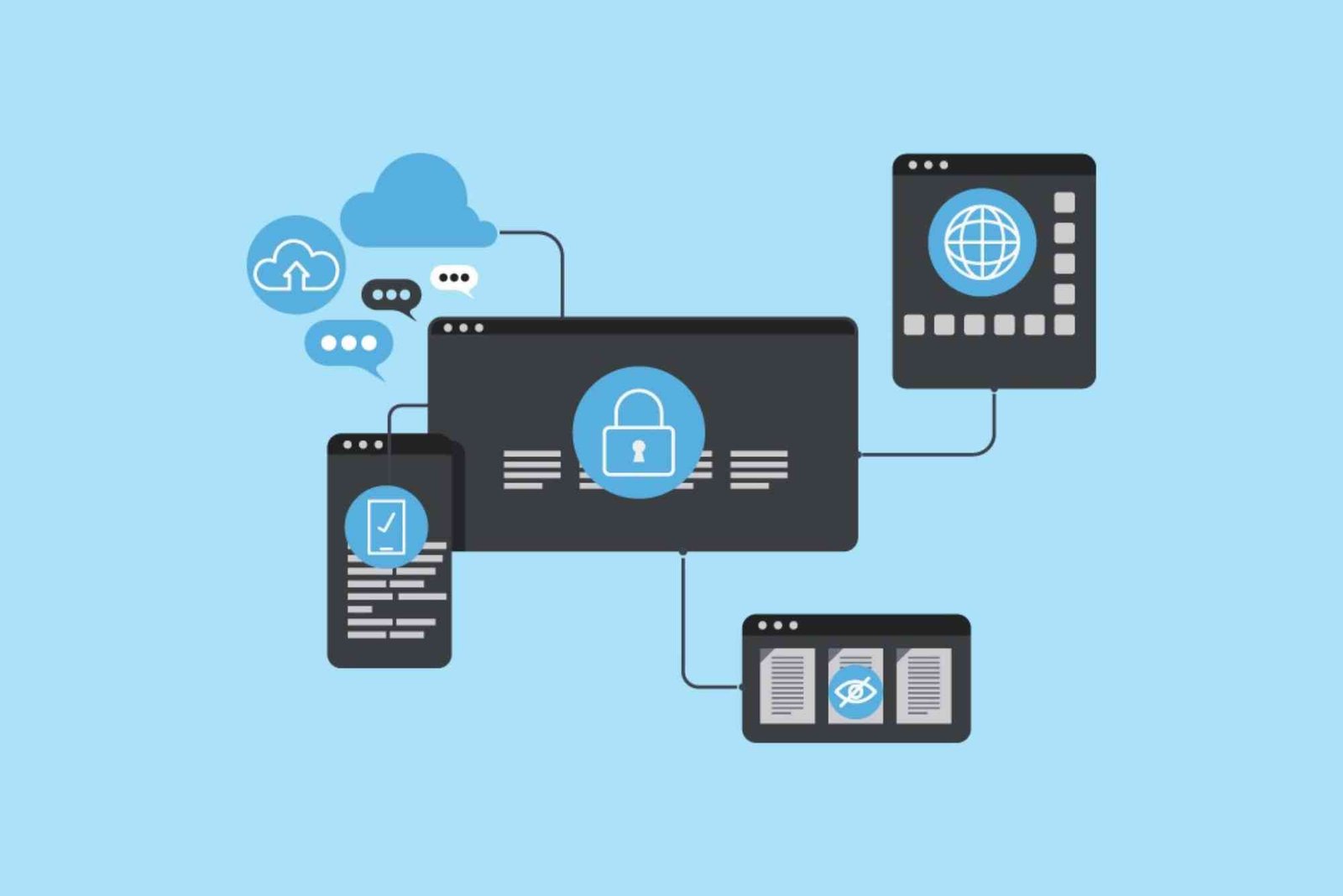Introduction
In today’s fast-paced corporate environment, organizations face constant challenges to remain efficient, compliant, and competitive. Managing multiple systems, departments, and standards separately can become overwhelming and lead to inefficiencies. That’s where Unified Management Systems (UMS) come into play — a strategic approach that integrates various management frameworks into a single, cohesive system. This comprehensive guide explores what Unified Management Systems are, why they matter, and how they transform modern organizations.
Understanding Unified Management Systems
A Unified Management System is an organizational framework that combines multiple management systems — such as quality, environmental, health and safety, and information security — into one integrated structure. Instead of managing these systems independently, businesses unify them to create synergy, reduce redundancy, and enhance overall performance.
By adopting UMS, organizations can ensure all their processes and policies align with a shared objective — sustainable growth and operational excellence. This approach allows seamless communication across departments and ensures compliance with multiple standards such as ISO 9001 (Quality Management), ISO 14001 (Environmental Management), and ISO 45001 (Occupational Health and Safety).
In essence, a Unified Management System is not just a framework but a philosophy that promotes efficiency, collaboration, and strategic alignment across every part of the business.
Why Unified Management Systems Matter
Unified Management Systems have become a cornerstone of modern corporate governance because they help businesses stay competitive in an increasingly regulated and globalized market. Managing multiple systems separately can create data silos, duplicate processes, and conflicting objectives. UMS addresses these challenges by bringing everything under one roof.
Through a unified approach, companies can eliminate overlapping processes, streamline documentation, and ensure that every team works toward common goals. Moreover, UMS makes it easier to maintain compliance with multiple international standards, ensuring that businesses operate with integrity, transparency, and accountability.
Key Benefits of Unified Management Systems
Implementing a Unified Management System delivers a wide range of benefits for organizations of all sizes.
Improved Efficiency and Productivity
When management systems are unified, overlapping processes are minimized. Employees can follow standardized procedures, reducing confusion and saving time. This simplification results in improved workflow efficiency and enhanced productivity.
Enhanced Compliance and Risk Management
A unified approach ensures all departments follow consistent compliance protocols. It reduces the risk of non-compliance with regulatory requirements and promotes a culture of accountability. Organizations can monitor risks more effectively and respond proactively.
Cost Savings
Maintaining separate systems for quality, environment, and safety can be costly. By combining them into a Unified Management System, organizations save resources on audits, training, documentation, and software. The cost benefits can be significant over time.
Better Decision-Making
With unified data and centralized reporting, leaders have access to accurate, real-time information. This visibility supports data-driven decision-making, enabling organizations to identify trends, anticipate challenges, and respond efficiently.
Continuous Improvement
UMS promotes a culture of continuous improvement by integrating performance metrics across departments. Regular reviews, audits, and feedback loops ensure ongoing optimization and innovation.
How Unified Management Systems Work
A Unified Management System operates by integrating policies, processes, and objectives into a single, holistic structure. This integration usually follows key steps such as:
-
Mapping existing systems: Identifying overlaps between different management frameworks.
-
Standardizing processes: Establishing uniform procedures and documentation formats.
-
Defining shared objectives: Aligning organizational goals with sustainability, safety, and quality outcomes.
-
Implementing integrated audits: Conducting joint audits instead of separate ones to save time and resources.
-
Training employees: Ensuring all staff understand and apply unified practices across departments.
By implementing these steps, businesses build a foundation where collaboration and efficiency thrive.
The Role of Technology in Unified Management Systems
Technology plays a crucial role in supporting UMS. Modern digital platforms help organizations centralize data, automate compliance tracking, and monitor performance across all management areas. Cloud-based software allows real-time access to documentation, performance dashboards, and audit trails, enhancing transparency and control.
Incorporating digital tools also ensures data integrity, reduces paperwork, and facilitates smoother communication across global operations. Many businesses integrate Integrated Management Systems into their digital transformation journey to maximize results and maintain a competitive edge. (Learn more on Integrated Management Systems
Challenges in Implementing Unified Management Systems
While the benefits of UMS are extensive, organizations often face implementation challenges that must be carefully managed.
Resistance to Change
Employees may be accustomed to working within existing systems and may resist adopting new unified practices. Effective change management and clear communication are essential to overcome this resistance.
Complexity in Integration
Integrating multiple standards and frameworks requires careful planning. Misalignment between different departments or unclear documentation can create confusion during implementation.
Resource Constraints
Developing a Unified Management System demands investment in time, training, and technology. Smaller organizations may face challenges in allocating adequate resources.
Maintaining Flexibility
While standardization improves consistency, organizations must also ensure flexibility to adapt to future regulatory changes or business needs.
Despite these hurdles, with proper planning and leadership commitment, Unified Management Systems can be successfully implemented to drive sustainable growth.
Steps to Implement a Unified Management System
Successful implementation of UMS requires a structured, strategic approach.
Conduct a Gap Analysis
Assess existing management systems to identify overlaps and areas for improvement. Understanding the current state helps in designing a tailored integration plan.
Define Common Objectives
Align your organizational goals with core standards such as quality, environment, and safety. Setting unified objectives ensures that all departments work toward shared success.
Design an Integrated Framework
Create policies, processes, and procedures that apply across multiple management areas. Use consistent documentation formats and centralized communication channels.
Train and Engage Employees
Staff engagement is key to successful implementation. Conduct workshops and training sessions to help employees understand their roles in the unified framework.
Monitor, Audit, and Improve
Once implemented, continuously monitor performance through audits and management reviews. Gather feedback to refine the system and foster continuous improvement.
Industries That Benefit from Unified Management Systems
Unified Management Systems are highly beneficial across diverse industries.
-
Manufacturing: Enhances quality assurance and safety while reducing waste.
-
Healthcare: Streamlines patient safety protocols and compliance management.
-
Construction: Integrates environmental, safety, and quality controls into daily operations.
-
IT and Technology: Combines data security, service quality, and sustainability standards.
-
Finance and Banking: Aligns risk management, compliance, and operational performance for better governance.
Each industry can tailor its UMS approach to address specific challenges and regulatory frameworks. For insights into related business models, visit this Related Business & Finance article.
Unified Management Systems and Sustainability
Sustainability has become a vital business priority, and UMS aligns perfectly with this goal. By uniting environmental and quality standards, organizations reduce waste, improve energy efficiency, and minimize environmental impact. This integration supports corporate social responsibility (CSR) initiatives and enhances brand reputation.
Moreover, a unified system helps organizations meet sustainability reporting requirements by centralizing data collection and analysis. This transparency builds trust with stakeholders, investors, and customers alike.
The Future of Unified Management Systems
As digital transformation continues to shape global industries, the future of Unified Management Systems looks promising. Artificial intelligence (AI), data analytics, and automation are expected to play larger roles in system integration. These technologies will enhance predictive analysis, risk management, and compliance automation, allowing organizations to operate with greater agility and intelligence.
In the coming years, UMS will evolve into a strategic necessity rather than an optional framework. Businesses adopting unified approaches early will enjoy a competitive advantage through improved efficiency, stronger governance, and sustainable growth.
Unified Management Systems are redefining how businesses manage quality, safety, environment, and compliance under one cohesive framework. By eliminating redundancies, improving transparency, and promoting collaboration, UMS drives efficiency and long-term success.
Whether your organization operates in manufacturing, technology, or services, adopting a unified approach ensures consistent performance and continuous improvement. As industries evolve, integrating multiple management systems into a single structure is not just a smart decision — it’s essential for future resilience.
If you want to stay competitive and compliant, start exploring Unified Management Systems today. To explore global insights and innovations in management frameworks, Learn more.
Frequently Asked Questions
What is a Unified Management System?
A Unified Management System integrates multiple management systems (like quality, safety, and environment) into one cohesive framework to improve efficiency and compliance.
How does a Unified Management System differ from an Integrated Management System?
While both aim to combine various standards, UMS typically represents a higher level of integration and strategic alignment across the organization.
What are the main benefits of Unified Management Systems?
The key benefits include improved efficiency, cost savings, enhanced compliance, risk management, and data-driven decision-making.
Which industries can benefit from Unified Management Systems?
Industries like manufacturing, healthcare, construction, finance, and IT benefit significantly by streamlining their compliance and quality processes.
How can I implement a Unified Management System in my organization?
Start with a gap analysis, define shared objectives, integrate processes, train staff, and continuously monitor and improve performance.
Unified Management Systems are the key to achieving operational excellence and sustainable success. Embrace unification today and drive your business toward a more efficient and resilient future.







